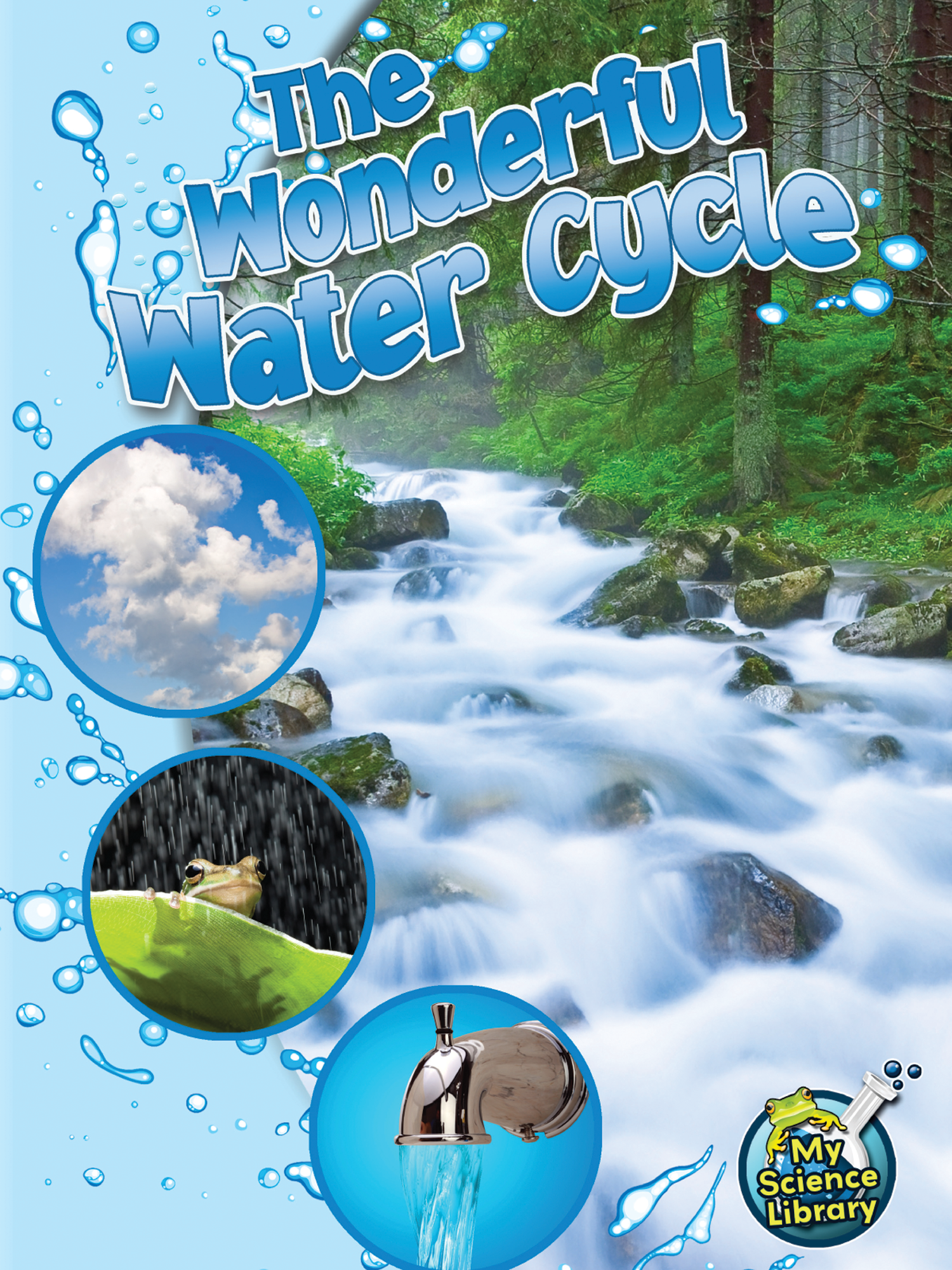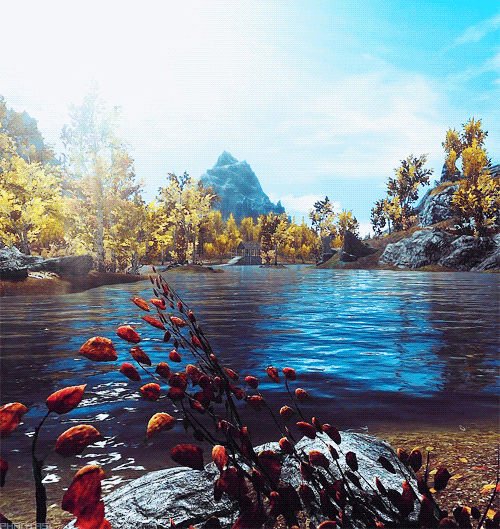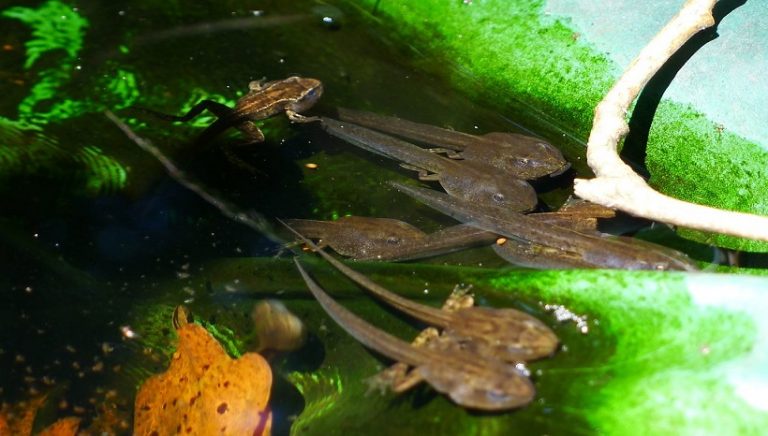38 the water cycel
EJ251 and EJ252 Subaru Engines Subaru's EJ251 and EJ252 were 2.5-litre horizontally-opposed (or 'boxer') four-cylinder petrol engines. For Australia, the EJ251 engine was first introduced in the Subaru BE/BH Liberty in 1998 and subsequently offered in the BH Outback, GD/GG Impreza RS and Subaru SG Forester. For the Subaru BL/BP Liberty and BP Outback, the EJ251 was replaced by the EJ252 engine. Checkpoints and regulation of cell cycle - Online Biology Notes Mar 09, 2019 · P53 is a multi-functional protein.It is activated during G1 phase when there is DNA damage in the cell and cell employed the mechanism to repair the damage. When damaged DNA is detected, p53 protein halts the cell cycle and recruits enzymes to repair the DNA.
What is Water Cycle? | Science - Podium School In simple words, this cycle describes how water evaporates from the Earth's surface, emerges into the atmosphere, cools down, and by condensation becomes rain or snow in clouds, and falls again to the Earth's surface as precipitation. The water cycle is an everlasting process that nature supports.

The water cycel
The water cycle (article) | Ecology | Khan Academy The water cycle is driven by the Sun's energy. The sun warms the ocean surface and other surface water, causing liquid water to evaporate and ice to sublime—turn directly from a solid to a gas. These sun-driven processes move water into the atmosphere in the form of water vapor. The Water Cycle | Science Mission Directorate Description: This lesson was developed to give participants an understanding of Earth's water cycle. In this one-hour long activity, students participate in a webquest to learn about the water cycle, and then build a mini-model of the water cycle to observe how water moves through Earth's four systems. The water cycle (video) | Ecology | Khan Academy Direct link to Ivana - Science trainee's post "Through transpiration wat...". Through transpiration water forms droplets on the surface of the leaves. Those droplets transform into water vapor and leave the plant surface and become part of humidity in the atmosphere. That way water is back to the water cycle.
The water cycel. The Fundamentals of the Water Cycle | U.S. Geological Survey Earth's water is always in movement, and the natural water cycle, also known as the hydrologic cycle, describes the continuous movement of water on, above, and below the surface of the Earth. Water is always changing states between liquid, vapor, and ice, with these processes happening in the blink of an eye and over millions of years. The Water Cycle | U.S. Geological Survey - USGS.gov Earth's water is always in movement and is always changing states, from liquid to vapor to ice and back again. The water cycle has been working for billions of years and all life on Earth depends on it continuing to work; the Earth would be a pretty stale place to live without it. Sources/Usage: Public Domain. Visit Media to see details. The water cycle - Met Office The water cycle is the process by which water is continuously transferred between the surface of the earth and the atmosphere. How does the water cycle work? The water cycle works by using the energy of the sun to exchange water from the surface of the earth to the atmosphere and back again in a continuous cycle, whether liquid, solid or gas ... Checkpoints and regulation of cell cycle - Online Biology Notes 09.03.2019 · P53 is a multi-functional protein.It is activated during G1 phase when there is DNA damage in the cell and cell employed the mechanism to repair the damage. When damaged DNA is detected, p53 protein halts the cell cycle and recruits enzymes to repair the DNA.
EarthSky | Earth's water cycle is crucial EarthSky Voices. June 8, 2022. Earth's water cycle is vital. Imagine the world without water: as cold and lifeless as the planet Mars. Besides, Earth is unique in our solar system in being able ... Water cycle | National Oceanic and Atmospheric Administration The water cycle shows the continuous movement of water within the Earth and atmosphere. It is a complex system that includes many different processes. Liquid water evaporates into water vapor, condenses to form clouds, and precipitates back to earth in the form of rain and snow. A Diagram Of Water Cycle with Detailed Explanations - BYJUS The water cycle is defined as a natural process of constantly recycling the water in the atmosphere. It is also known as the hydrological cycle or the hydrologic cycle. During the process of the water cycle between the earth and the atmosphere, water changes into three states of matter - solid, liquid and gas. water cycle summary | Britannica water cycle, or hydrologic cycle, Cycle that involves the continuous circulation of water in the Earth-atmosphere system.Water is transferred from the oceans through the atmosphere to the continents and back to the oceans by means of evaporation, transpiration, precipitation, interception, infiltration, subterranean percolation, overland flow, runoff, and other complex processes.
Water Cycle - Process and its Various Stages - BYJUS The major 4 steps are evaporation of water, then condensation, precipitation and collection. The sun evaporates water sources and contributes to the formation of water vapor. These water vapour accumulate in the atmosphere as clouds. The vapours condense into water droplets and when enough droplets merge, it falls out of the clouds as rain. The Water Cycle | Ocean Today At its most basic, the water cycle is how water continuously moves from the ground to the atmosphere and back again. As it moves through this cycle, it changes forms. Water is the only substance that naturally exists in three states on Earth - solid, liquid, and gas. Over 96% of total global water is in the ocean, so let's start there. The Water Cycle | Educational Video for Kids - YouTube All this water must continue its long journey, covering large amounts of distances until it finally reaches the sea. When it arrives at the big blue sea, it will once again begin the... What is the water cycle? - BBC Bitesize This recycling process is called the water cycle. 1. Water evaporates into the air The sun heats up water on land, in rivers, lakes and seas and turns it into water vapour. The water vapour rises...
final study guide cset i study guide Flashcards | Quizlet Water has a density of 1.0 kg/L, so now we have everything we need to determine the buoyant force acting on the submerged object because we have the volume and density of the displaced fluid. Consequently, we also have the volume of the object because this is the same volume as that of the displaced fluid! To calculate the buoyant force, simply plug in the numbers. Now our …
The Water Cycle | Center for Science Education Water's on the move. As it moves through the water cycle, water often changes from a liquid, to a solid (ice), to a gas (water vapor). Water in oceans and lakes is typically liquid; but it is solid ice in glaciers, and often invisible water vapor in the atmosphere . Clouds are tiny droplets of liquid water or small ice crystals.
water cycle | Definition, Steps, Diagram, & Facts | Britannica water cycle, also called hydrologic cycle, cycle that involves the continuous circulation of water in the Earth - atmosphere system. Of the many processes involved in the water cycle, the most important are evaporation, transpiration, condensation, precipitation, and runoff.
The Water Cycle [Illustrated & Explained] The water cycle involves the evaporation of water from the surface of oceans, seas, lakes, and other bodies of water. Evaporation converts liquid water to solid water and releases latent heat, which is carried by atmospheric wind currents (circulation) toward colder areas, where it condenses and precipitates as rain or snow.
Water Cycle - Woods Hole Oceanographic Institution The water cycle includes places where water is stored ( reservoirs) for short and long periods and processes that move water ( flows) and other substance, shaping the face of the planet and making life on Earth possible. Reservoirs Water is stored in different parts of the water cycle anywhere from minutes to millennia.
The Water Cycle! - National Geographic Kids The water cycle is also known as the " hydrologic cycle ". Precipitation When too much water has condensed, the water droplets in the clouds become too big and heavy for the air to hold them. And so they fall back down to Earth as rain, snow, hail or sleet, a process known as " precipitation ". Collection
The Water Cycle | Precipitation Education - NASA Frequent and detailed measurements help scientists make models of and determine changes in Earth's water cycle. The water cycle describes how water evaporates from the surface of the earth, rises into the atmosphere, cools and condenses into rain or snow in clouds, and falls again to the surface as precipitation.
Water Cycle Song - YouTube water cycle song lyrics: the water cycle takes the water and moves it up and down and all around the earth evaporation comes when the heat from the sun warms up all the groundwater then it turns to...
The Water Cycle An activity to illustrate how the water cycle helps to purify water. Condensation. Make a Cloud in a Bottle Highlighting the concepts of air pressure and temperature in cloud making, this experiment uses a burnt match and some water to create a cloud inside of a plastic bottle. Due to the use of matches an adult is necessary. Precipitation. The ...




.jpg)
Post a Comment for "38 the water cycel"